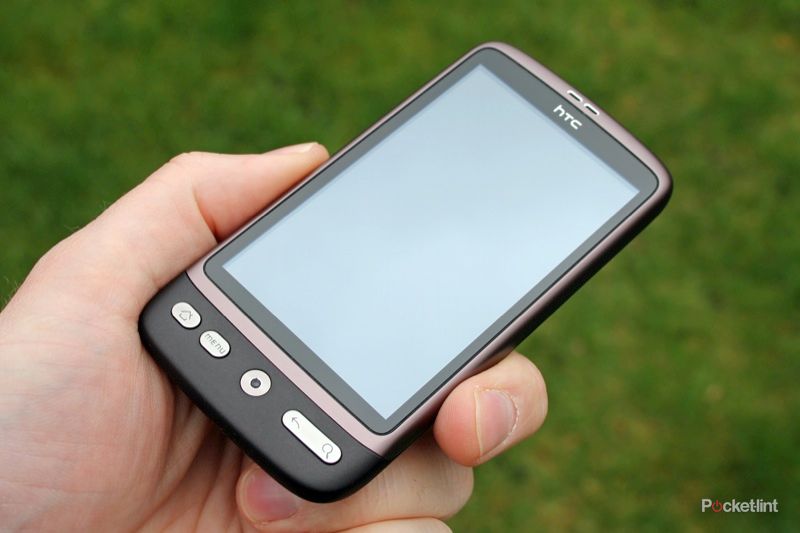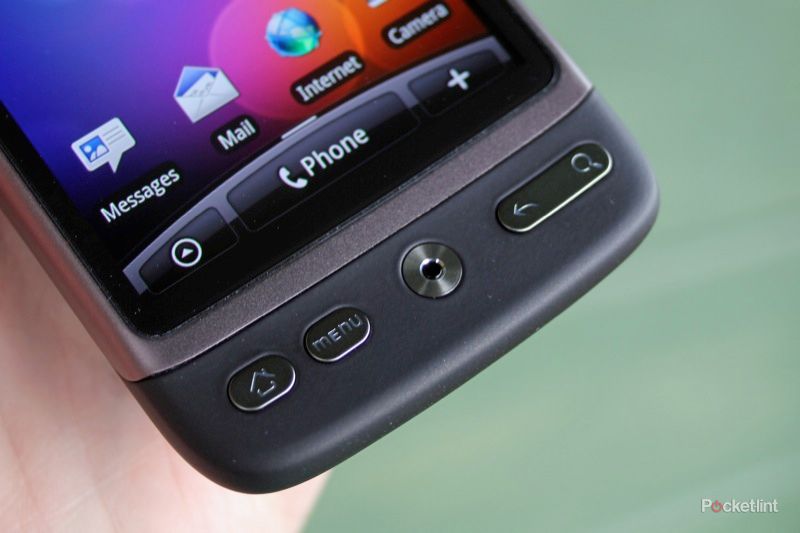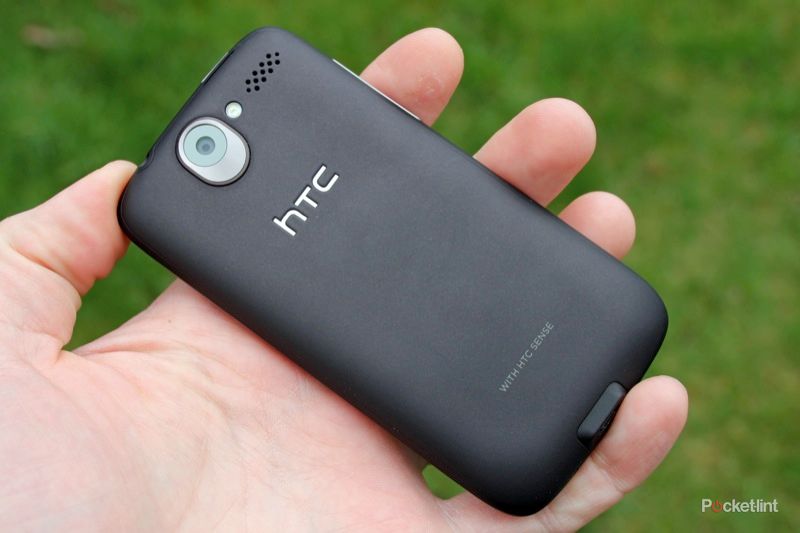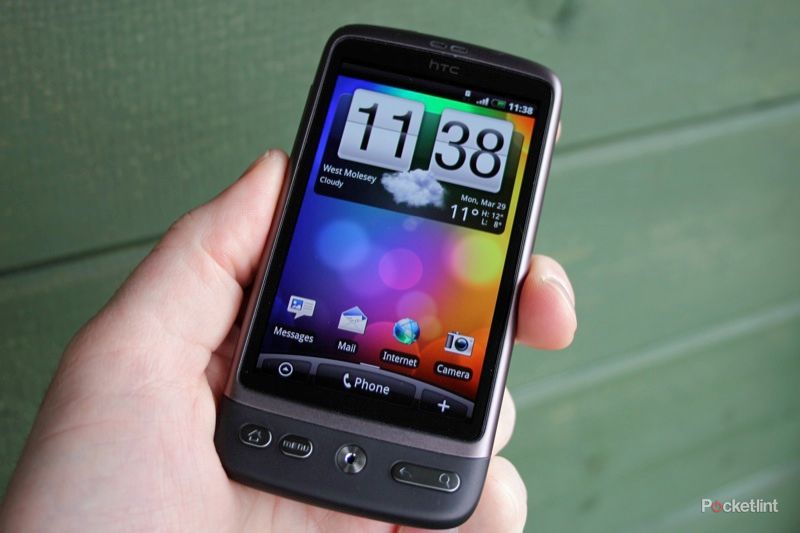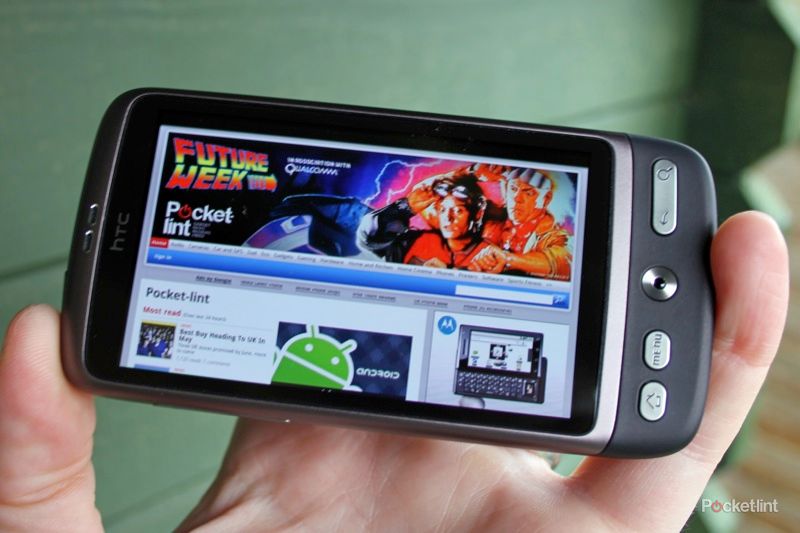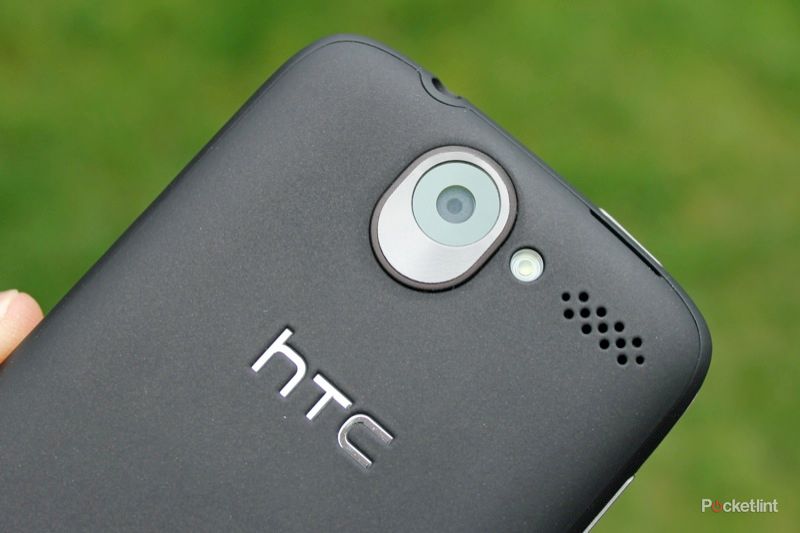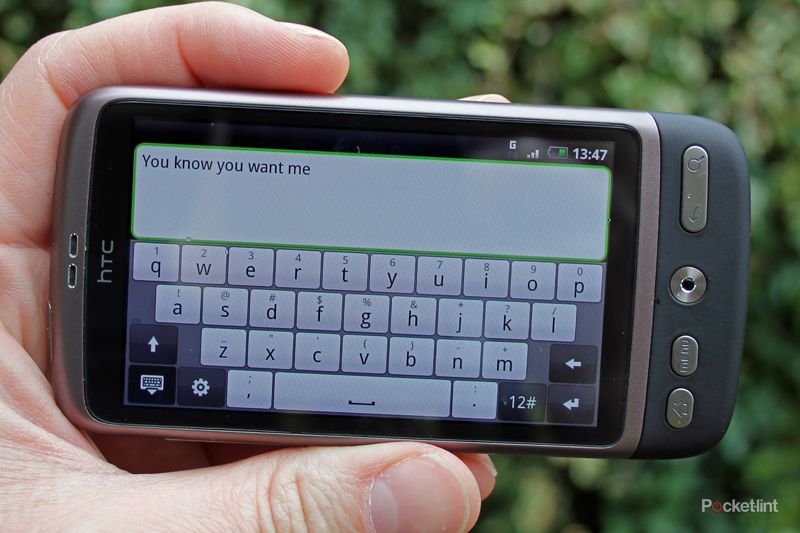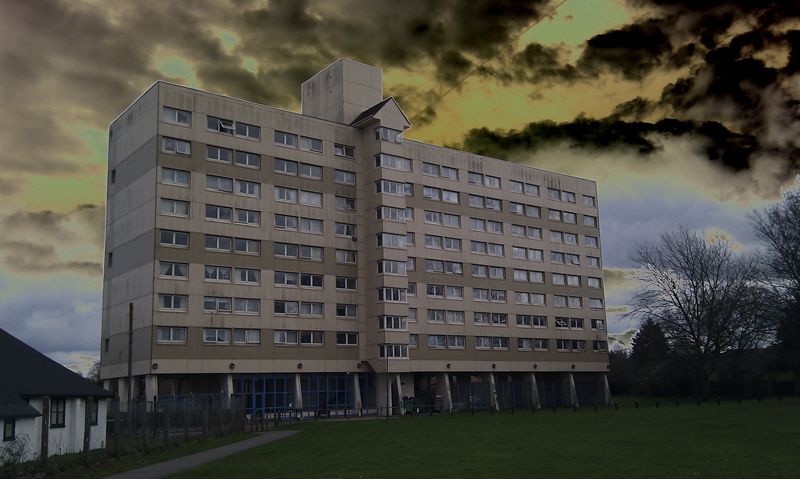It would be fair to say the HTC Desire is the most anticipated phone of 2010. Perhaps an indication of this phone's significance, following the launch by HTC, a slew of announcements came from mobile phone operators saying they'd be stocking it. The Legend, by contrast, received no such attention. But is the HTC Desire that much more of a phone than the Legend? And what about its half-brother the Google Nexus One?
Our quick take
The HTC Desire will live up to its hype for many. As an alternative to the iPhone, you'll find it offers plenty of power, an excellent browsing experience and plenty of customisation opportunities. The Android Market is growing in its offering and already has a huge number of free applications. It doesn’t yet have the depth and breadth that the Apple App Store does, but with more manufacturers adopting Android devices, it is only set to grow.
For some, though, the HTC Legend will be a viable alternative. Yes, you won't get the same processing power and a smaller screen, but the experience is very similar: you get all the connected goodness of HTC Sense and an excellent touch response from your device, in a beautiful package.
We're certain that the HTC Desire will be a huge hit in 2010. Aside from a few minor points, there is little fault with this superphone.
UPDATE: Check out our HTC Desire HD - First Look review?
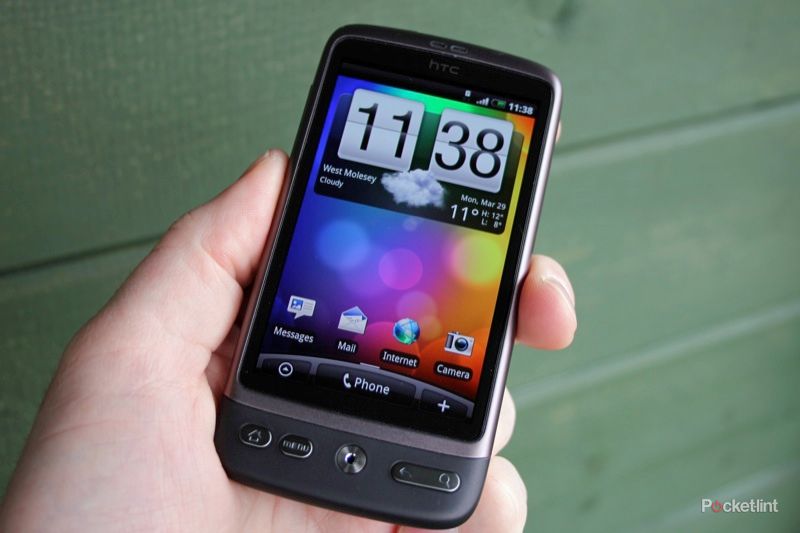
HTC Desire - 4.5 / 5
| FOR | AGAINST |
|---|---|
|
|
The HTC Desire is less striking in its design than the HTC Legend. The size of the screen means there isn't really the space for a chin, with only a hint of a curve on the bottom edge of the device. The metal frame surrounds the top-half of the device, the rubberised back wrapping around the sides and bottom controls. The rubberised finish means it feels secure in the hand, and matte finish means it stays mercifully fingerprint free.
- HTC through the ages: A brief history of HTC's Android handsets
- Best smartphones: The top mobile phones available to buy today
It is a large phone as the 3.7-inch screen dictates. Measuring 60 x 119 x 11.9mm, it is lengthy, but thin: you'll be able to slip it into your pocket though. It weighs 135g, feeling substantial in the hand. It is a great device to hold and the quality of the construction is difficult to fault.
We've criticised a number of handsets for being uncomfortable to use as a phone. The HTC Legend and Apple iPhone both fall into that category: a sharp top edge means it digs into your ear. Here the smooth curve of the Desire makes it comfortable for long conversations, so it's equally at home actually making phone calls.
Across the bottom of the Desire you get the normal controls: home, menu, back and search, flanking a central optical button, which essentially sets it apart from the Google Nexus One's touch controls and trackball. This is an area where the Desire beats the Legend too: the Legend's buttons don't have the same quality feel that the Desire offers.
The optical button is likely to be more reliable than a trackball in the long run, but in reality you'll hardly use it. The screen makes navigation so easy, there is little call for the optical control - the button you'll still use to control the camera, unless you use touch focusing instead.
On the left-hand side of the Desire you'll find your normal volume controls and the top offers the power/standby button and a 3.5mm jack. On the bottom is the standard Micro-USB connection for charging and any wired syncing you need to do. On the back of the Desire is an external speaker grill, the 5-megapixel camera and the LED "flash".
Pull off the back cover and you'll find the microSD card slot, offering memory expansion over the 576MB internal, and supporting cards up to 32GB, which is where you'll want to store all your music, photos and videos, rather than using up valuable space on the handset itself.
The HTC Desire comes with all the connectivity you'd expect from a top-tier smartphone. It offers HSDPA for fast data rates with Wi-Fi b/g to ease the strain on your contract's data limits. You also get Bluetooth 2.1, and the usual GPS, digital compass and sensors: this phone is smart in every sense.
Fire up the HTC Desire and you are presented with HTC's Sense user interface, running on the latest version of Android 2.1. This is another area where it distinguishes itself from the Google Nexus One, offering HTC's easy to use and super user-friendly interface. We saw it launch on the Hero and more recently on the Legend and if you are interested in HTC Sense, it is worth reading those reviews to find out more about what it offers.
There have been a few tweaks to Sense over last year's version, the biggest change you'll probably notice is the inclusion of the Leap view, which gives you a top down view of your home pages, a little like Expose on the Mac. It's useful to a point, but scrolling from left to right to access Sense's seven home pages is never really a chore.
Some might argue that the Nexus One offers a better choice because it doesn’t feature HTC Sense. This is true for those that are not interested in the deep integration to Facebook and Flickr, or the customisable home pages, for example. Android already offers integration to your Google services, with plenty of apps to bring your social networking into the phone without HTC's help. For the average consumer, though, we think the simplicity of Sense will be the appeal.
HTC Sense offers plenty of customisation on its home pages, and multiple Scenes if you want a different set of home pages for different parts of your life (one collection for work, one for the weekend, that sort of thing). HTC supply a good selection of widgets to litter these home pages and a variety of styles and sizes too. You can very easily get the information you want on your pages with a few clicks, as well as dropping in bookmarks or contacts or shortcuts to your favourite apps.
One aspect of HTC Sense we've never been sold on is the seeming disconnect between the widgets and the applications proper. Arrive at a widget page and you expect it to give you current information, or just click straight to the current information. All too often you have to wait for the widget to refresh, which can be a little frustrating. The Twitter widget seems the worst offender, you might as well just go straight to the Peep application to get all the details.
But we love the rich integrated contacts that Sense offers, where you can scroll across to find all the details on a contact, look at their updates to browse their photos on Facebook or Flickr. It's a system that encourages you to hunt people out on social networks so you don't have so many blank faces. Setup is oh-so-easy too, it literally takes a few minutes to plug in the passwords and you are away. The same applies to setting up your email, although it is too easy to end up with email accounts in different applications.
The HTC Desire is all about the screen though. The 3.7-inch AMOLED capacitive touchscreen offers up a resolution of 480 x 800 pixels. It is one of the best screens we've seen on a phone, it is bright with vivid colours and plenty of punch. It suits the UI too, with everything looking crisp and sharp.
With 3.7 inches on offer, the HTC Desire excels as a handset for browsing the Internet. It is one of the most complete and satisfying internet browsing experiences we've seen on a phone. The Legend is essentially the same, but the extra size of the Desire makes it much better. With pinch to zoom, or double tap to reflow the text, the browser is quick to launch full webpages. If browsing on the move is something you find yourself doing, then the Desire is likely to be at the top of your list.
There are some moments when more sophisticated web pages don't quite work, however, for example with the page layout getting lost. We also found that the browser would occasionally close itself whilst we were surfing. We assume this is a bug that can be fixed with an update from HTC.
Flash video is supported too, so you'll be able to watch back some internet video. This seems to be most reliable on YouTube hosted content, as a lot of other video offerings won't play. HTC Flash Player will take over and play the video fullscreen, which is great for YouTube. Some video will play in the browser too, but it can be a bit hit and miss.
The touch response is really slick on the Desire. At times it is perhaps a little too sensitive and we found ourselves off in a different application because of a trailing finger. It is worth calibrating the screen as soon as you get it, as it can improve the accuracy of things like typing. Thanks to the 1GHz Qualcomm snapdragon processor, there is plenty of power behind the Desire too, so application launching happens in a flash. We were happy with the performance of the Legend, but we feel the Desire has even more punch.
We loaded the Desire up with a number of applications. It's worth hunting out an application killer or task manager to make it easy to close things down, rather than having them sitting in the background. Multitasking is great, but if it is using battery life unnecessarily, it's worth taking action. We had a blast around Google Earth, which was slickly handled, offering smooth scrolling around the world. We didn't see any sign of slow down within normal testing, but as with any computing device, the more you ask it to do, the more you'll have an impact on the speed, and we sensed a momentary pause when a significant data event happens, like the arrival of a load of emails.
We've long been fans of HTC's keyboard and here the experience is as good as ever, with smart suggestions correcting your mistakes as your fingers fly over the on-screen keyboard. We found the portrait QWERTY large enough for most occasions, offering an easy one-handed option for when you're hanging on to the train with the other hand. Rotate into landscape and you get a QWERTY keyboard that's great to use with two thumbs.
The camera on the back gives you 5 megapixels and some surprisingly good results. There is noticeable lag between pressing the optical button and the shot firing so it isn't great for moving subjects. However, in daylight you'll get some good shots out of it. Indoors the LED flash illuminates fairly well, but does tend to give a greenish cast to photos. Noise is a problem as the light drops, but that's typical of camera phones.
There are a range of options on offer so you can change various settings, as well as shooting modes which are worth investigating: they can add interest to a boring subject with ease. Check out the "solarised" housing block below, and the same effects can be applied to video too (sample here).
Video comes in at a maximum 800 x 480 pixels, so strictly standard definition. We know HTC is going to make the jump to HD in their phones at some stage because the recently announced HTC Evo points us in that direction. It's a shame not to see it here, as there is plenty of power to handle it and it would add sharpness and detail to already capable video. Sharing is easy as ever – a click will send it off via messaging or straight on to YouTube.
We like the media offering with the Desire. The music widget will give you basic controls, but you also get a range of controls when the phone is in standby with the screen locked. You can always change the volume, but press the top button to wake the screen and without unlocking the screen you can pause the music. Your album art is shown in the background too, which is a nice touch. There is an FM Radio too.
Video playback isn't as comprehensive as we'd like it to be. We threw a variety of video formats at the Desire and it wasn't interested in the vast majority. If you are planning to use your Desire for playing back your existing video content, it is worth converting it into a friendly format. We used DoubleTwist on the Mac to load a range of content and found no problems.
The HTC Desire comes out as distinguished in just about every area. But the biggest problem is the battery life. As with the Legend, the drain on the 1400mAh battery will see it flat within the average day. Using the Android Power Control, you can disable background syncing and turn the screen brightness right down and so on to prolong the life and this is well worth doing.
But fire it up and start surfing the Internet and shooting video, take a couple of long calls and listen to your music on your commute and you'll find you're eating the battery away at a huge rate. Like the iPhone, you'll want to charge the Desire every night, but you can, at least, change the battery yourself, so if you are prone to being away from a power socket for any length of time, then hunt out a new battery to sling in your bag.
To recap
We're certain that the HTC Desire will be a huge hit in 2010. Aside from a few minor points, there is little fault with this superphone

